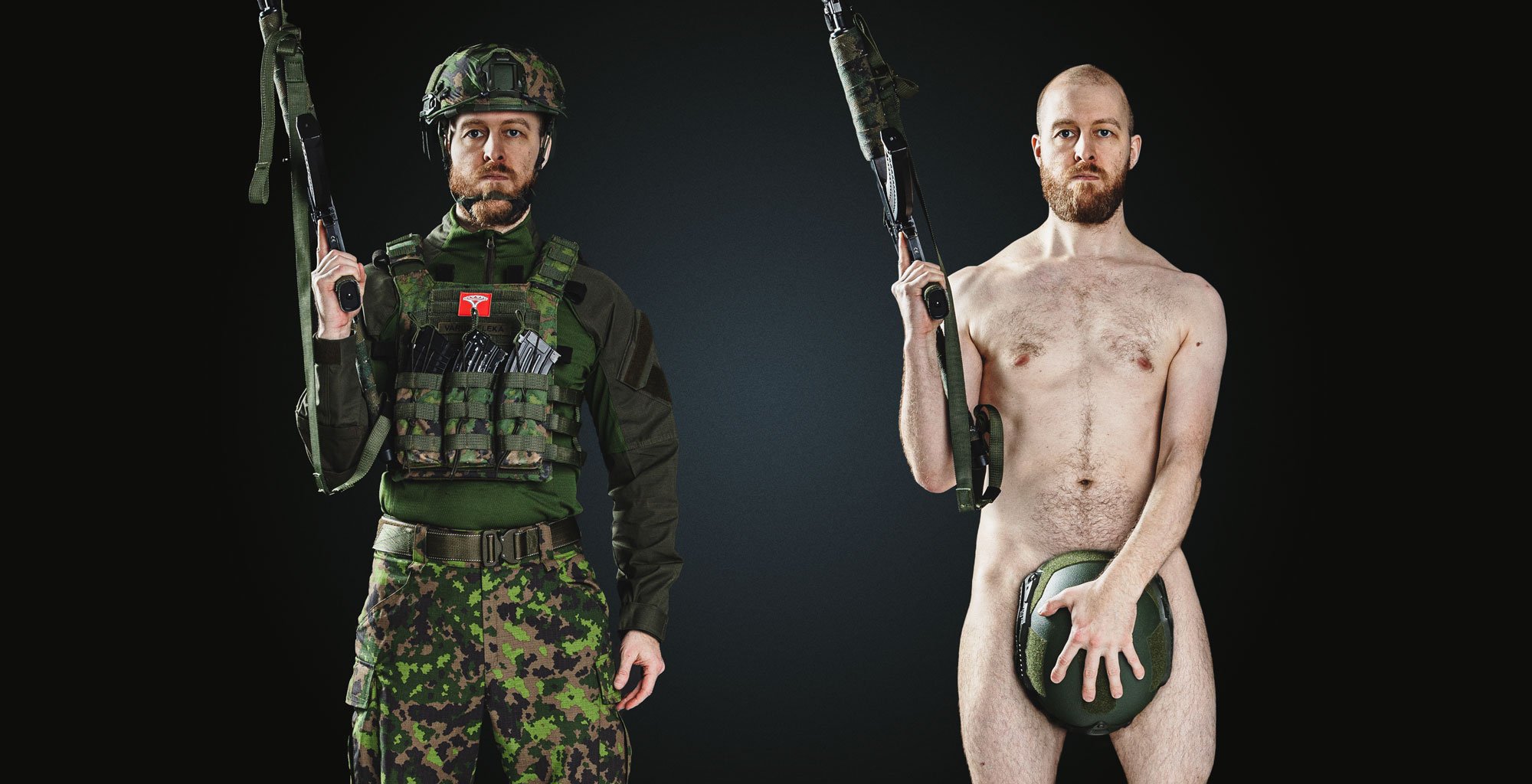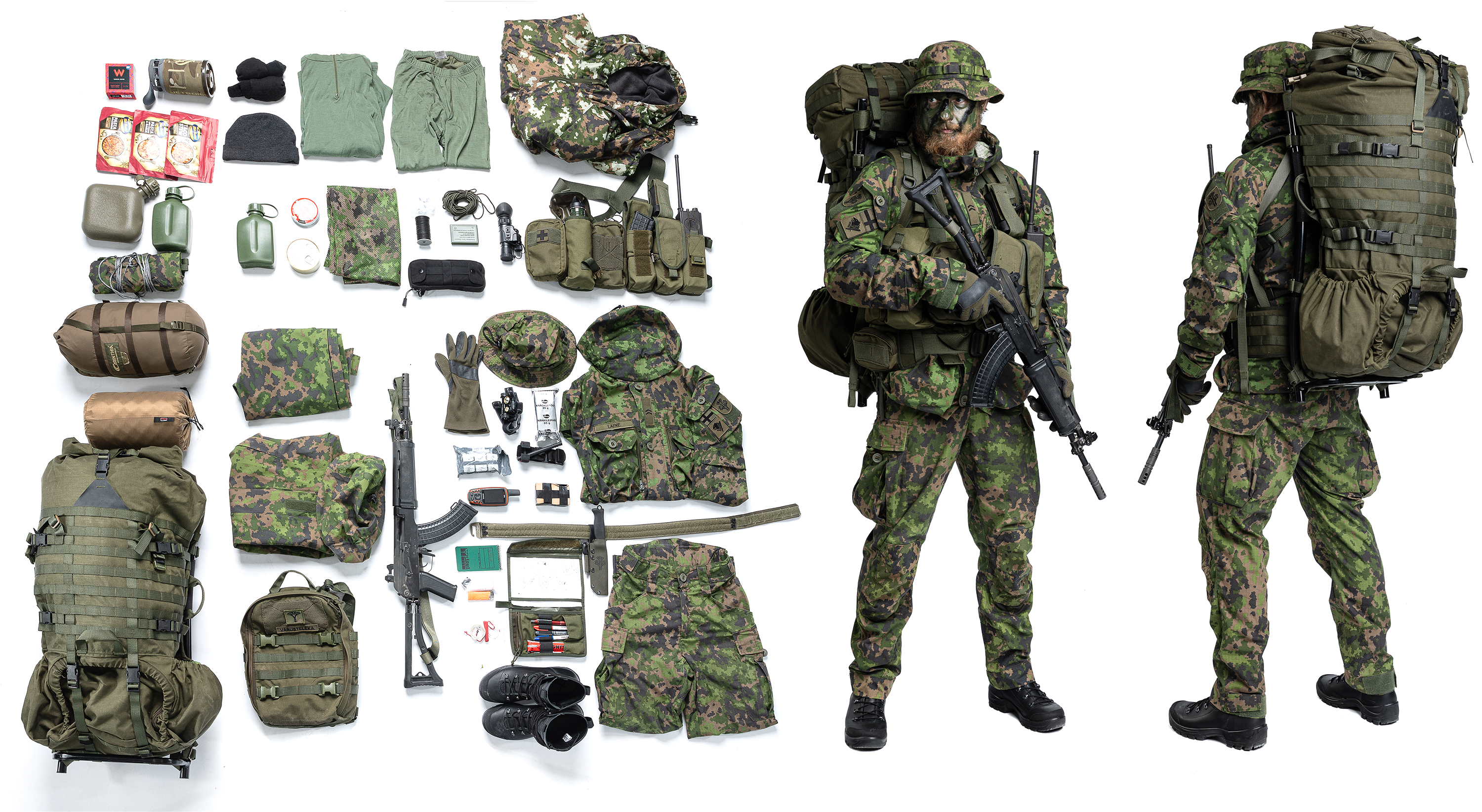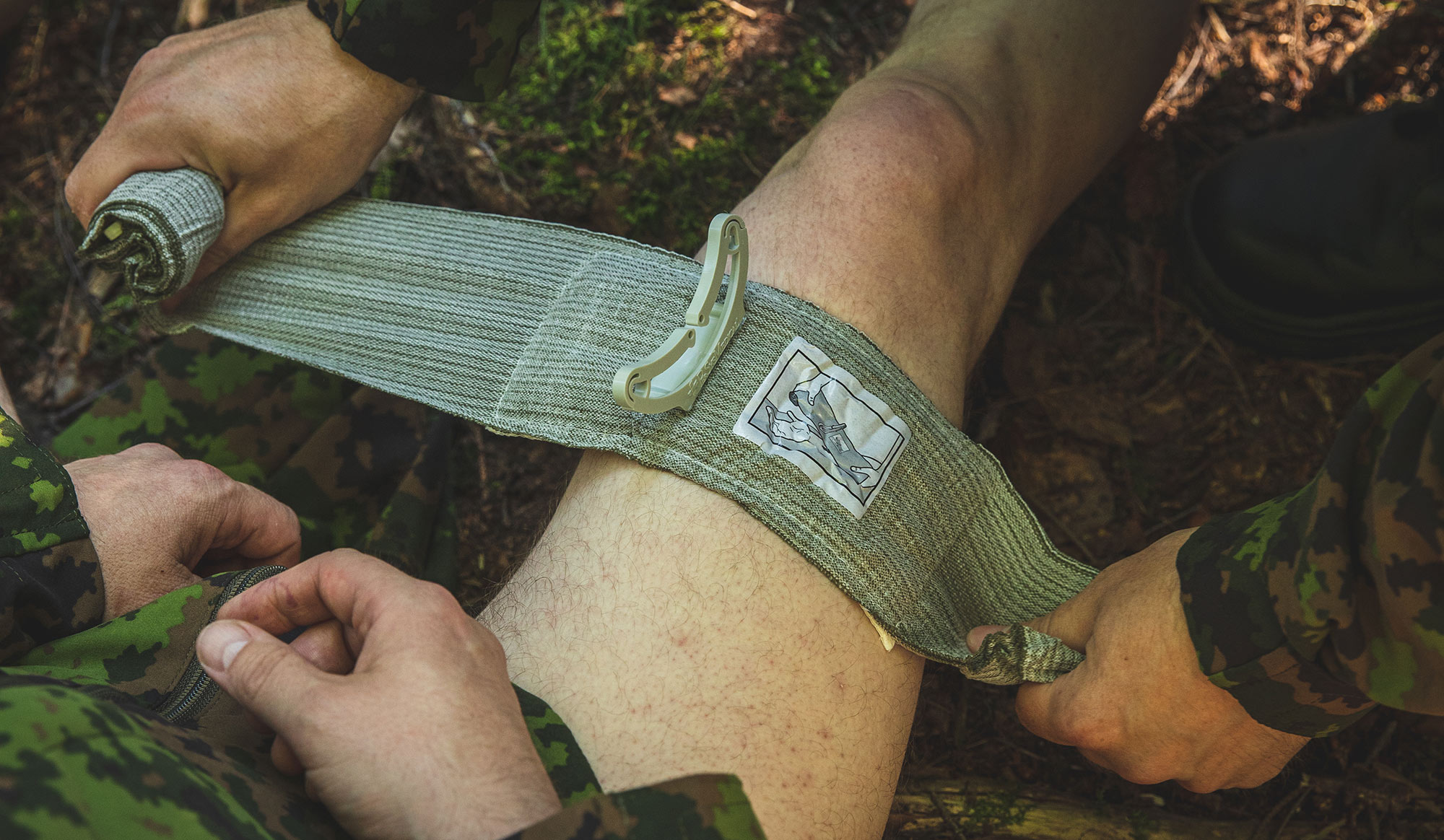
Textiles are needed everywhere during a major crisis
Textiles are needed everywhere during a major crisis
The security of supply is a hot topic in many countries because of recent pandemics and our deranged warmongering eastern neighbor. However, textiles are often forgotten even though they are vital to both the military and the civilians during a major crisis. We want to raise awareness of this and, at the same time, revitalize European textile production.
Why is the security of supply important?
The security of supply means making sure that the critical infrastructure, production, and services can take care of our critical needs no matter what happens. So, when the world collapses, we won’t have to huddle naked in the corner and cry. In addition to evil dictators, we must be prepared for e.g. hostile nature, plague zombies, hybrid threats, and terrorism.
The recent years have taught us that a global crisis can stop essential products from reaching us from faraway places. Within the EU, you cannot even fully trust other member states. We’ve seen that when the panic strikes, countries start hoarding all the vaccines, masks, and toilet paper they can get. Because of this, it is very good to be self-sufficient, or at least bring the production as close as possible. Getting rid of all international ties is of course impossible, especially for us smaller countries. However, it is possible to decrease the risks by being prepared and with good business continuity management.
Textiles – forgotten necessity
Everybody understands the need to ensure the supply of food, water, energy, medicine, and ammo during a crisis. However, textiles are often forgotten even though they’re needed everywhere. Military clothing, protective gear, packs, shelters, sleeping bags, first aid gear, etc. all need textiles. They are also vital on the home front; in emergency personnel gear and clothing, plus most things that keep civilians warm, clean, and healthy. Textiles also protect crops, and they are used in transportation, repelling oil catastrophes, and loads of other vital areas.

If you remove all the textiles from this photo, the soldier won't have much left.
Therefore, we must secure the supply of textiles during crises, or it is a huge crap that will hit the fan. Essential textile products must also be mapped out in advance and their manufacture taken into consideration when planning the national procedures regarding the security of supply.
Global textile production is vulnerable
Textile production chains consist of many links, and the processes are usually scattered around the globe. It is very difficult to find fully domestic clothing items in the Western world because fabric and clothing production is mostly located in Asia, particularly in China, which is the largest textile exporter. And even when clothes or fabrics are not made in Asia, fibers and threads usually come from there. For example, China produces over 60% of synthetic fibers. Not to mention the zippers, buttons, insulation, and other bits and bops that are required in all but the simplest garments. Long production chains are vulnerable, and a major crisis often causes a shortage of raw materials, making the prices skyrocket. Large emergency stocks might be necessary for these rainy days, but they are expensive to upkeep.
Because textiles have a strategic significance, they can be used as tools in international power play. Currently, the most obvious example is China, whose ever-increasing collaboration with Putin, systematic oppression of minorities, their attitudes towards Taiwan, and many other moves in international politics don’t paint a very rosy picture of their intentions. When talking about reducing the dependency on China, textiles are hardly even mentioned, even though China is a major fabric and raw material producer. We believe that every dime we can avoid putting into the national economy of China should be spent elsewhere.
China has also weaponized their homespun export restriction legislation to slow down or even prevent the export of military and dual-use products. Normally, this is reserved for very large-scale deals. However, a while ago even our camouflage fabrics got stuck in the Chinese customs for a long time. We cannot of course, be certain that it was a tactical move, but at least it was a prime example of how vulnerable the deliveries from far away countries can be.

For example, the textiles found in first aid supplies can be used as a weapon in global power play.
We started removing our own production from China in 2022 when we launched our Project MEGA (Make Europe Great Again). The security of supply is not the only reason behind it; there are other valid points that other companies should also consider. You can read more about it in this and this artcle.
Bring vital textile production closer to the home base
Public procurement – such as military clothing or masks for the healthcare industry – improves the security of supply and keeps the domestic textile industry alive, as long as it is targeted right. The security of supply should be one of the main selection criteria, or the lowest price wins, and the production goes far away.
Bringing production closer is of course a very good start. We understood the benefits of this even in our pre-crisis operations. By moving our production to Europe, we can restock our shelves regularly in smaller shipments, the transportation time shrinks from a couple of months to less than a week, and transportation costs become smaller. So, we have a wider selection without having to stuff our warehouse to death.
However, European production still faces many challenges, such as higher production costs and the lack of textile professionals. On the other hand, domestic production will bring employment and tax revenue, and the increased demand will make it once again feasible to train more professionals.
Europe does have textile industry, but the volumes are a lot smaller than in Asia, and there is no large-scale fiber and fabric production. This is why Varusteleka can’t make the whole production process fully European yet. However, it is worth noting, that the majority of most commonly used fibers will most likely be replaced in the EU during the upcoming years because of ecological and ethical reasons. Finland and Sweden are at the forefront of developing new fibers and recycling infrastructure. If the new fibers and recycling reduce the dependency on imported raw materials, the security of supply will definitely improve.
Just moving the production to a country close by isn’t enough to guarantee the security of supply, and Europe isn’t crisis-free either. Before the war, Ukraine was a major European textile producer, and the war has also made business difficult for the Baltic countries. Furthermore, the war has jacked up the prices.
That’s why crisis resilience and the reliability of delivery are vital in public procurement. At the moment, there are no tools to measure the security of supply, which makes it pretty much impossible to take it into account in public procurement. We should be able to measure everything that affects it in all stages of production, from raw material acquisition to the final product.
When planning the process to ensure the security of supply, you need to map out which critical textile products can be produced and what should be able to be produced domestically. Furthermore, you need to secure the supply of critical products that you cannot produce at home. Companies also need incentives to continue developing critical products and upholding their production capacity. Without help, most will have to concentrate on running their daily business, and their capacity that is optimized for everyday demand might not be enough to produce the critical products needed during a crisis or even keep the required expertise alive.
The security of supply cannot be left in the hands of companies alone; it must be coordinated by the public sector, supported and funded by the government, and it requires proactive planning. Keeping domestic textile production alive requires collaboration with domestic companies. This will ensure that the critical production capacity will not be endangered, and it can even be easily scaled up when things go bad. In an ideal situation, investing in the security of supply will create momentum to bring the whole production chain closer to home.
The Finnish Textile and Fashion organization commissioned Pellervo Economic Research to create a survey for their member companies regarding the disruptions in international trade and how to develop the security of supply in the textile industry. The survey was used to draft this security of supply report (in Finnish), which we used as source material for this article. If you don’t know Finnish yet, translation software will butcher it to a kinda readable format.